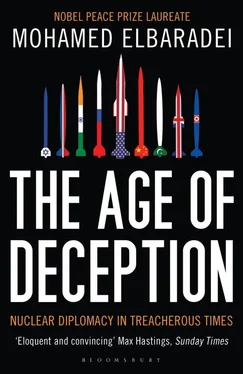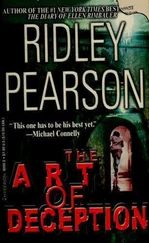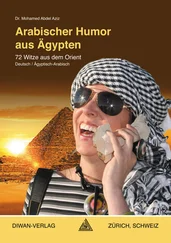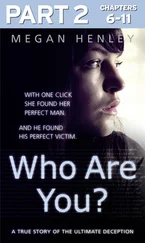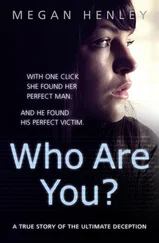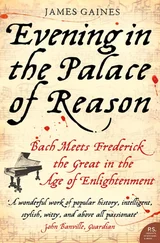It was evident that Hill had little patience for the hard-liners in Washington; at one point, when we were speaking one-on-one, he told me, “John Bolton’s body may be out, but his hands are still there,” referring to Bolton’s continuing influence in Washington. Hill and I were generally in agreement on issues of common concern: the value of dialogue, the shortsightedness of uncompromising positions, and the importance of a pragmatic, committed, step-by-step approach on North Korea. Unfortunately, from what he eventually shared with me, all sorts of obstacles arose to block his progress on the North Korean nuclear situation. I once mentioned that I found the bench to be very thin at the State Department when it came to arms control expertise. Hill grinned and said that’s why he was getting such bad counsel.
The Joint Statement, unlike the Agreed Framework, did not include a specific timetable or even a complete road map, and some in the United States referred to it derisively as the “son of the Agreed Framework,” implying that three years after trashing the Agreed Framework, the U.S. administration had merely replaced it with an inferior alternative. Still, it was an important step forward. North Korea promised concessions in return for energy assistance. The United States declared it had no intention of invading North Korea, said it would provide a security guarantee to this effect, and pledged to respect North Korea’s sovereignty.
And then, yet again, the negotiations ground to a halt. The United States, citing an ongoing U.S. Treasury Department investigation, froze roughly $25 million in North Korean assets in Banco Delta Asia in Macau, claiming that they were linked to money laundering and counterfeiting. Pyongyang was incensed but offered to resume the six-party talks if the United States released the funds. The United States refused, saying the nuclear and financial issues were unrelated.
With talks once more at an impasse, North Korea announced that it would conduct its first nuclear test. And six days later, on October 9, 2006, Pyongyang kept its word. The detonation was quite small by test standards; there was much doubt in nuclear circles about the effectiveness of the North Korean technology. But there was no denying the most sobering aspect: another country—isolated, impoverished, feeling deeply threatened by the United States but nonetheless defiant—had joined the exclusive club of nuclear weapon possessor states.
If the intent of the North Korean nuclear test was to get attention, it worked. Reactions were swift. The UN Security Council issued a resolution condemning the test, adding sanctions that had little teeth and in some cases repeated what was already in place. Former U.S. secretary of defense William Perry, writing in the Washington Post , declared the test a demonstration of “the total failure of the Bush administration’s policy” toward North Korea. [9] “In Search of a North Korea Policy,” October 11, 2006.
Ex-president Jimmy Carter was more conciliatory, pointing out that it was still possible to return to the 2005 Joint Statement: “What must be avoided,” he wrote, “is to leave a beleaguered nuclear nation convinced that it is permanently excluded from the international community, its existence threatened, its people suffering horrible deprivation, and its hard-liners in total control of military and political policy.” [10] “Solving the Korean Stalemate, One Step at a Time,” New York Times , October 11, 2006.
A sharply opposing perspective, but one that reflected the viewpoint of the U.S. hawks, was offered by David Frum, a Canadian who had previously served as President Bush’s speechwriter and claimed credit for the “axis of evil” concept. Writing in the New York Times one day after the test, he advocated harsh measures: accelerating the deployment of U.S. missile defense systems; ending humanitarian aid to North Korea; bringing a number of Asian countries into NATO. Frum had one more brainstorm: the United States, he wrote, should “encourage Japan to renounce the Nuclear Nonproliferation Treaty and create its own nuclear deterrent.” [11] “Mutually Assured Disruption,” New York Times , October 10, 2006.
I breathed a sigh of relief that Frum was no longer in the policy-making loop.
With a new urgency in the air, the talks between the parties quickly resumed. Condoleezza Rice, in a meeting in late October, asked me if I thought the IAEA might play a role in helping to resolve the North Korean impasse. “It is not enough,” she said, “for North Korea to state its readiness to denuclearize the Korean peninsula. They should do something concrete.”
Of course, we were willing to be involved in any way that could defuse the crisis. “We could start with some agreed inspection activities,” I replied, “and proceed incrementally from there.” Rice concurred. I could not help thinking that after all this time, we were basically reinstating the action-for-action approach of the long-discarded Agreed Framework. Even more peculiar, given what had transpired in Iraq and the ongoing U.S. behavior in relation to Iran’s nuclear program, was that the United States was resuming its participation in talks with the North Koreans—and seemingly open to Pyongyang getting its way—almost immediately after they had detonated their first nuclear weapon.
To ease the tensions, the United States began working on a way for its lawyers and policy makers to “unfreeze” the North Korean funds in the Macau bank. In February 2007, North Korea agreed to begin shutting down the Yongbyon reactor and to allow IAEA nuclear inspectors back into the country in exchange for aid—the first step in a new disarmament deal. On the twenty-third of that month, I received a letter of invitation from North Korea to visit. The invitation quoted my comment that the only way to resolve the Korean issue was through peaceful dialogue and engagement, not through pressure. This was a welcome sign. I made the invitation public, with a statement that “this is a step in the right direction.”
During a phone call with Rice the next day, we joked about my upcoming visit. “Thank you very much,” I told her, “for arranging for me to go to North Korea again during the winter.” I told her how cold it had been during my 1992 visit, recalling how I had shivered in my hotel room.
My departure for Pyongyang was preceded by a stunning disclosure. It came in the form of an Agence France-Presse article, [12] “U.S. Now Uncertain About North Korea Uranium Enrichment,” Agence France-Presse, March 1, 2007.
based on congressional testimony, stating that the U.S. confidence about its intelligence on the alleged North Korean uranium enrichment program—the intelligence that had torpedoed the Agreed Framework back in 2002—was at “mid-level,” meaning there was some uncertainty or conflicting information.
I was astounded. The secret uranium enrichment program was the reason the United States had given for cutting fuel assistance to North Korea, the initiator that had set in motion the entire sequence of political maneuvers over the subsequent four years—North Korea’s expulsion of the IAEA, its withdrawal from the NPT, the acceleration of its weapons program, the on-again, off-again talks, the threats and sanctions, and finally the testing of a nuclear device. All this stemmed from an uncertain claim. The revelation was yet another blow—to the credibility and competent handling of U.S. intelligence information.
At a later point, Christopher Hill told me he had read the minutes of the original meeting, in which North Korea had “confessed” to his predecessor, James Kelly. He made a face and shrugged; it seemed obvious to me that Hill was not convinced of the nature of the confession.
Читать дальше
